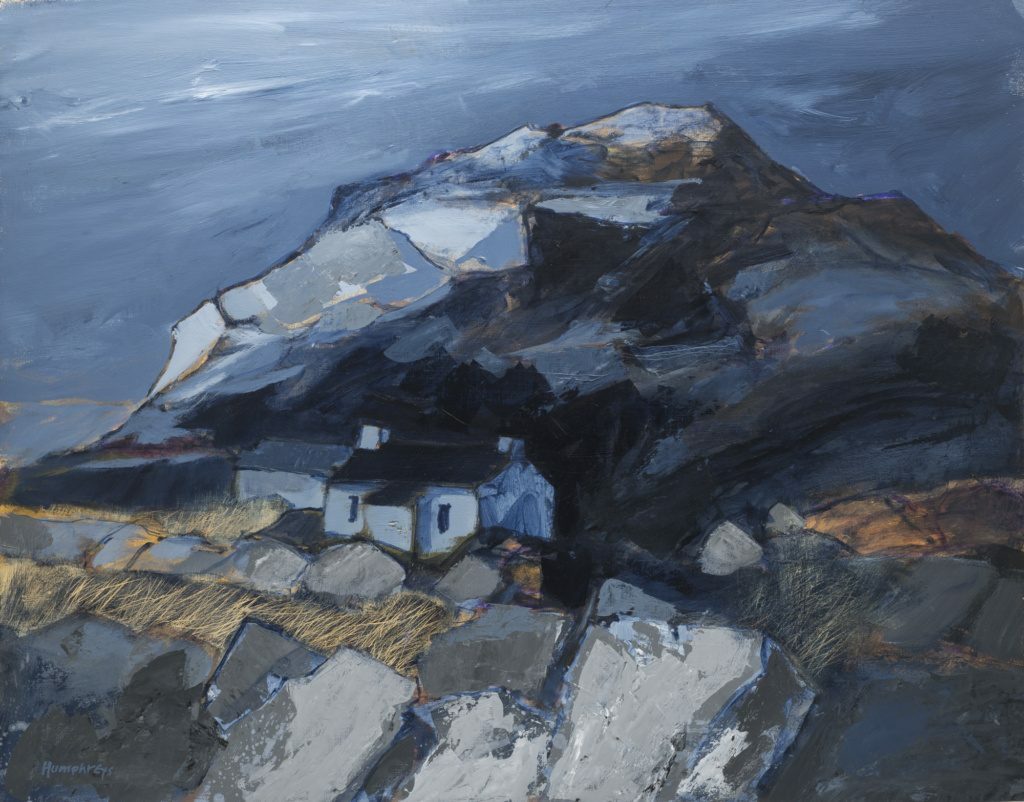Photographing artwork for reproduction is an important part of our business. Whether it is for use on websites, catalogues or other printed material, getting an accurate representation of the work is vitally important. Here at Photography Firm we have spent many years perfecting our technique and in this time have photographed many hundreds of paintings, fabric swatches, knitting blocks and artwork. Here’s a few tips to help you achieve the best results when copying your own work.
The standard setup for copy work is relatively straightforward, it does however require some photographic and non photographic equipment for the best results. At a minimum we would suggest the following:
• A camera that has manual settings fitted with a standard to long lens. We often work with a Nikon D800 and can’t fault the sharpness and clarity of the old manual focus 55mm Micro Nikkor!
• A lens hood – always use a lens hood, whatever you are photographing
• A sturdy tripod with a 90 degree centre column – we love the Manfrotto 055XPRO3
• Two matching lights – flash or tungsten, power is not a great concern as you don’t need much depth of field
• Grey card or colour checker
• Light meter, especially if using flash
• Spirit Level – important to level the camera
• Tape measure – to get the lights evenly space
• Black Card/Fabric
The Standard Setup
Firstly, start by positioning your baseboard – depending on the size of art this can be positioned on the floor or raised to a comfortable working height for smaller pieces. Next, set your lights at equal distances from the baseboard (hence the tape measure) with the light heads pointing downwards at a 45 degree angle – for most subjects the object is to evenly illuminate the artwork. Depending on what you are copying the light source can be hard or diffused – we tend to use standard reflectors with diffusion material, but you can use brollies, softboxes or naked reflectors.
The next step is to position your camera with the artwork nicely framed and get it level. Once everything is in place it’s time to meter. Use a grey card that is large enough to fill the frame if you’re using continuous light, this is where those manual settings come in handy. If using flash you will need a handheld meter to take readings from a few points to make sure the illumination is even. Depth of field is generally not a concern and most lenses are at their sharpest around F8/11, so aim for this. We are now ready to take a test shot with our grey card or colour card in place. Adjust if necessary and you are ready to take your finished shot.
Variations to the Standard Setup
The above works well for a wide variety of subjects but sometimes we need to add a bit more depth – instances that spring to mind are when copying fabric swatches / knitted blocks, printed material that is embossed, textured paper or paintings that use different mediums. In this situation will will use just one light, generally positioned as above but we will fill in with a white reflector card. This still gives a seemingly even feel to the lighting whilst giving a little punch and depth to the shadows. Also more natural to have your shadow going in one direction.
When you’re happy with your shots it’s time to edit – we typically use Lightroom and Photoshop, but there is no shortage of good image editing software available. A typical workflow would be:
• Open the image
• Assess levels (exposure) and adjust if needed
• Check and correct colour balance using Grey card or colour checker
• Make sure everything is nice and square, crop
• Sharpen
• Retouch if needed
• Export to size and format required

